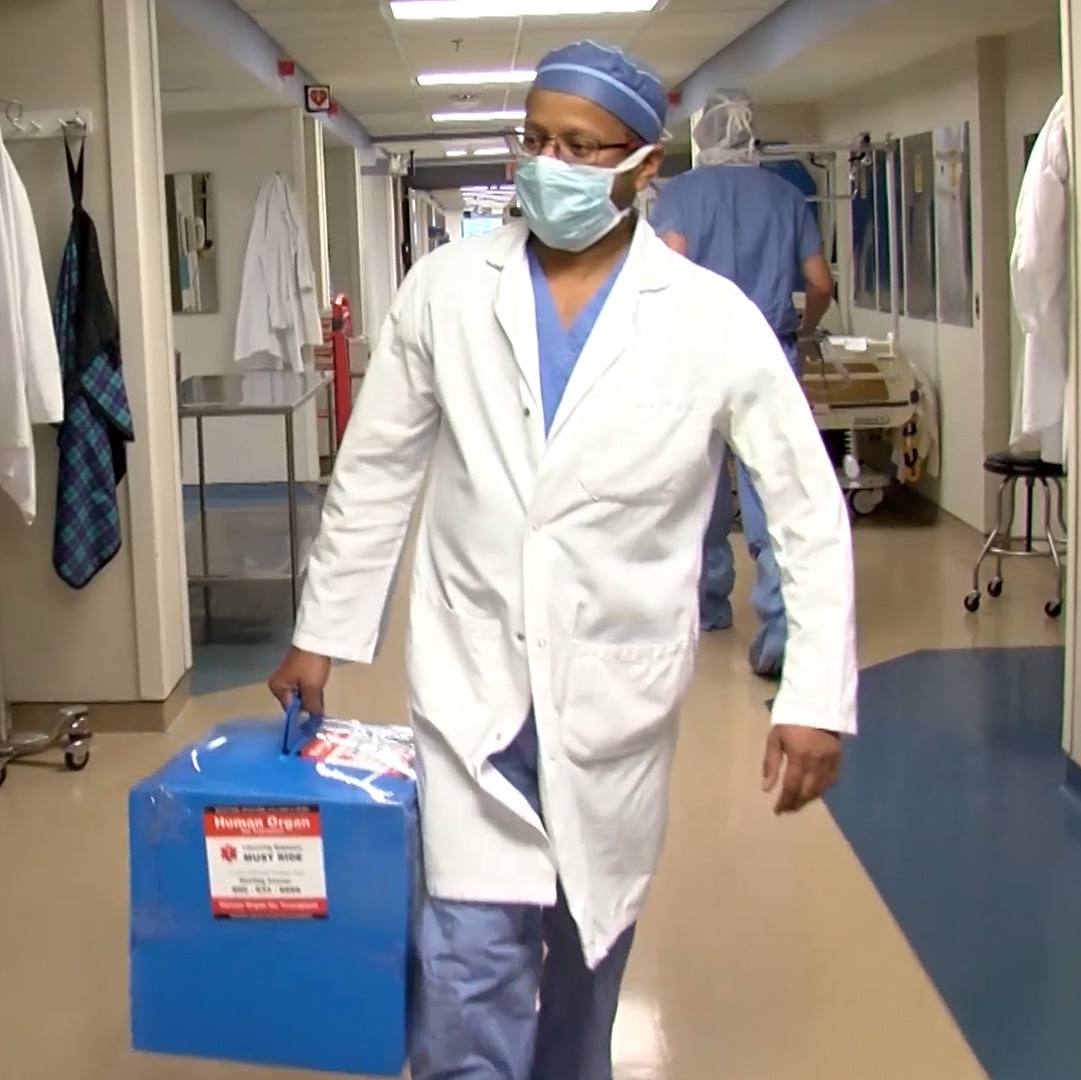-
Health & Wellness
Elective Induction Can Lead to Unnecessary Complications for Mom and Baby
Elective Induction Can Lead to Unnecessary Complications for Mom and Baby
October 12, 2012
Dear Mayo Clinic:
I am 35 weeks pregnant with my first child. I would like to plan the baby's birth and set a date to be induced around 38 or 39 weeks if the baby doesn't come on its own, but my doctor will not schedule an induction until 10 days after my due date. If the baby is already close to or full term, why do we need to wait?
Answer:
It is natural for new mothers to want to know exactly when their baby will be born so they can plan and be prepared for baby's arrival. Scheduling when you will begin labor, however, can lead to complications including increased risk of a cesarean section (C-section), harm to your baby, and increased health care costs. Overall, it is better to go into labor on your own.
A pregnancy is considered full-term at 40 weeks, also called your due date. For many first-time moms, it is not uncommon for the baby to arrive after this due date.
In some circumstances, a doctor may choose to induce labor before the due date for medical reasons. For example, if the mother has high blood pressure, if tests show the baby has stopped growing at the expected pace, or if there is not enough amniotic fluid surrounding the baby (oligohydramnios).
Elective induction of labor — stimulating uterine contractions for non-medical reasons — is not the safest choice for mom or baby. Because of this, the American College of Obstetricians and Gynecologists, the American Academy of Pediatrics, and the American Academy of Family Physicians all recommend against elective induction of labor, especially before 39 weeks gestation.
First-time mothers who undergo elective induction of labor are twice as likely to have a C-section as those who go into labor on their own. C-sections increase the mother's recovery time, increase the cost of delivery and are associated with surgical complications not seen with vaginal deliveries.
New research suggests that babies who are born between 37 weeks and 39 weeks have medical problems that babies born after 39 weeks do not have. Some doctors now refer to these deliveries as "late preterm births." Health problems with babies who are born during this period can include respiratory (breathing) issues, sepsis (infection), seizures, hypoglycemia (low blood sugar), and jaundice (high bilirubin counts). Late preterm babies also have an increased risk of health problems for their entire first year of life.
Inducing labor means that women are in the hospital longer than with spontaneous labor, which increases the overall costs of having a baby. The increased risk of C-section also increases costs and length of stay. Overall babies born in the late preterm period have higher health care usage and costs during their first year of life.
Almost one-third of women actually deliver after their due date (40 weeks). But how late is too late? Forty-two weeks is considered a post-dates, or post term pregnancy. Although the overall risk is low, the risk for stillbirth does increase after 42 weeks. In general, obstetricians at Mayo Clinic try to avoid elective induction of labor, but will consider inducing 10 days after the due date to avoid going past 42 weeks. Physicians and patients are starting to understand that the risks of elective induction to mom and baby far outweigh the convenience of planning your birth.
— Jennifer Tessmer-Tuck, M.D., Obstetrics and Gynecology, Mayo Clinic, Rochester, Minn.
Related Articles







